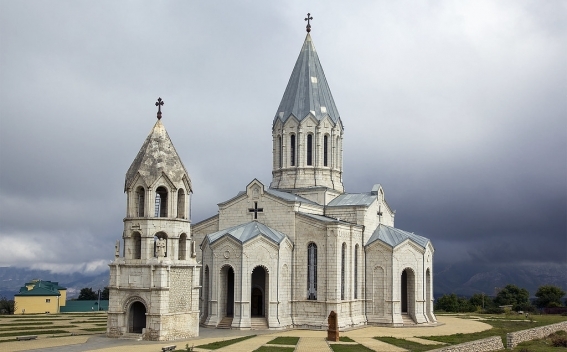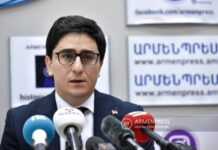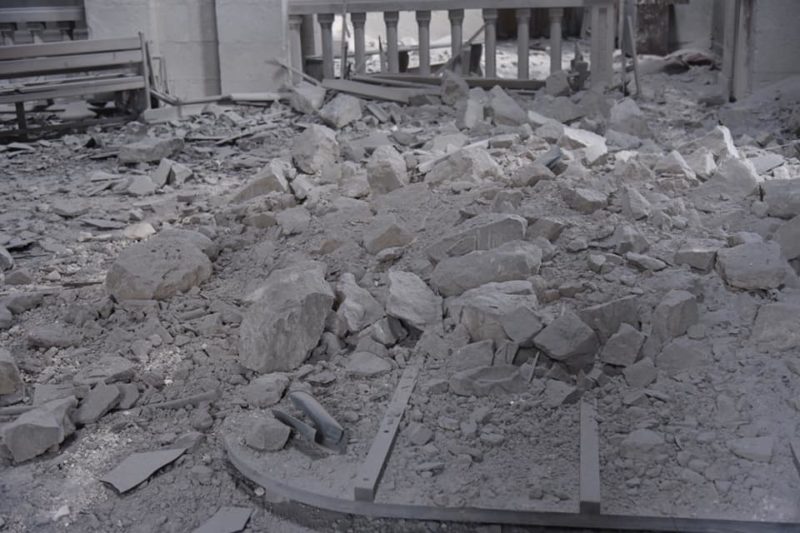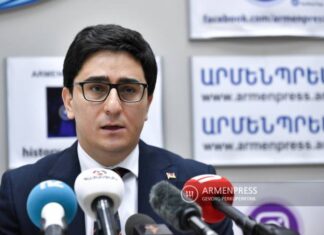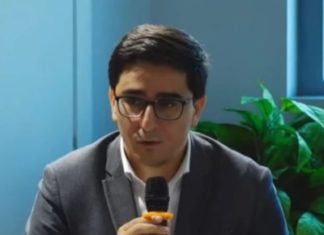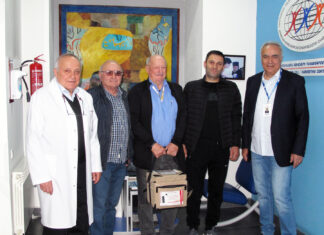The highs and lows for Armenians around the world — the Republic of Armenia, Artsakh and the Diaspora — have been eye opening about us as a people. Of course, now, the highs seem like a thing of the past.
I was lucky enough that my first visit to Armenia was with my daughter in 2009, when she was a fifth grader at St. Stephen’s Armenian Elementary School in Watertown. Every year, the talented and dedicated fifth grade Armenian teacher, Ardemis Megerdichian, leads the students and parents on a two-week trip to Armenia and Artsakh. It’s not very easy on anyone, including the parents; we wake up at 6 a.m. and accompany the children as they go to museums, historic sites, churches, schools, etc., and generally try to keep them out of trouble while making them understand this is a special trip.
Our trip was organized such that after four or five days in Yerevan, we left our baggage at the hotel and headed to Karabakh for four days.
If only I had realized that this was to be my last visit ever to Shushi.
The journey from Yerevan to Stepanakert, our final destination, on a very large bus, containing a dozen shrieking girls and rambunctious boys and the parents, plus Ardemis, another teacher, Digin Anahid, and our capable tour guide and lovely, grizzled bus driver, made me yearn for headache medicine. Sadly, on those very well-paved yet narrow and curvy mountainous roads, I realized I suffer from a crippling fear of heights. I needed a cigarette —make that two, one in each hand. I had kicked the filthy habit a long time ago, but the view outside the bus did not help.
After leaving Yerevan, we made frequent stops along the way, including a roadside bathroom in Goris, the stench of which helped many of the mothers on the trip develop superhuman feats of bladder control.



